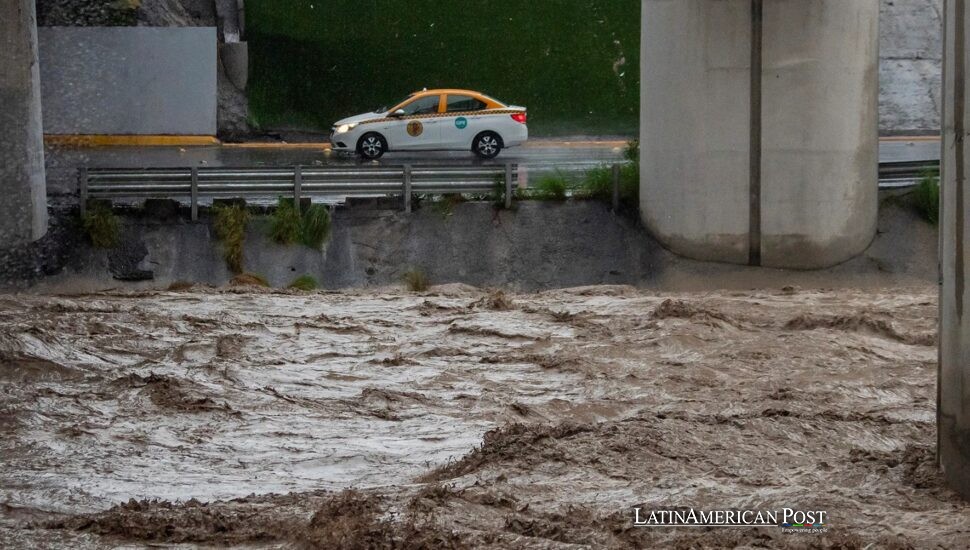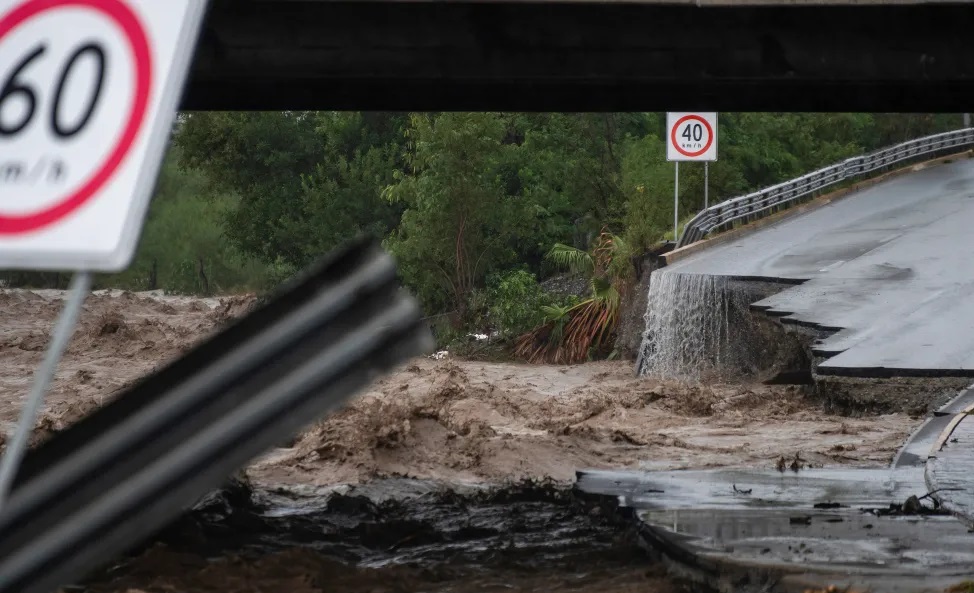Mexico City Floods Meet an Unlikely Culprit: Dog Poop, Hair, and the Wrong Bins

Mexico City’s rainy season has smashed records, but clogged drains tell a different story. Behind flooded intersections lies a quieter culprit: plastic bags of dog waste and fist-sized tangles of pet hair, turning storms into neighborhood disasters.
When Record Rain Meets Urban Neglect
June 2025 became Mexico City’s wettest month since 1941. August surpassed rainfall records from 1952. Officials warn the deluge may last through November. Climate change, sinking ground, and crumbling infrastructure all play a role, but city crews keep finding something more mundane at the mouths of drains: plastic bottles, food wrappers, clothing, and dog waste in tied-off bags.
“In neighborhoods with lots of green areas for walking pets, we’ve seen a surge in blocked drains caused by bagged canine feces,” explained Ramiro Córdova Valdez, who oversees Iztapalapa’s Aculco office. “In 40% to 50% of desazolve calls in those zones, these residues are the problem,” he told Wired.
The scale has forced neighbors to act. In Héroes de Churubusco, residents patrol storm grates at night, catching dog walkers tossing bags into inlets. They stretched mesh over one drain and were stunned by how quickly the bags piled up. What looks like a small habit becomes a citywide flood hazard once multiplied across 80 million companion animals nationwide.
The Surprising Science of Poop, Plastic, and Pet Hair
Two decades ago, public campaigns made picking up after pets a civic duty. But the eco-friendly bags that once symbolized progress have given way to any plastic at hand. “Now people use whatever bag they find,” veterinarian César Galaviz said. “It’s created a contamination problem that should be treated as an emergency,” he told Wired.
The problem is not just the waste—it’s the physics. Left in plastic under the sun, moisture evaporates, and feces harden into pellets. Combined with the dense texture of kibble-based diets, these deposits can act like cement inside pipes. “Human waste dilutes more easily,” plumber Abraham Hernández Reyes explained. “Dog stools are denser, heavier, and accumulate into obstructions,” he told Wired.
Hair is even worse. “We can pulverize solids with pressure, but hair wraps around our equipment,” Hernández Reyes said. “We have to cut and pull it out three or four times. It’s time-consuming.” Of about 100 calls a month, 70% involve pet residues—some yielding dozens of kilos of matted fur in a single home.
Experts warn that diet compounds the problem. Canine nutritionist Carlos Gutiérrez told Wired that most kibble is ultra-processed, with little water and too many carbs: “Kibble is fine as a complement, but not as the pillar. Ultra-processed food makes denser waste.” The math is daunting: every dog produces roughly 600 grams of feces and half a liter of urine daily. Scaled across millions, the city’s sanitation network is carrying a hidden pet load it was never designed for.
A City of Dogs, and a Plumbing Wake-Up Call
Surveys reveal Mexico has more companion animals than people in formal employment. More than half are dogs, most eating commercial kibble. For leafy districts like Polanco, Roma-Condesa, and Cuajimalpa—where pet culture is strongest—the impact shows up at street level: backed-up grates, flooded crosswalks, and basements filling from below.
Córdova Valdez says his crews spend six or seven hours at some sites, hauling out not just pet waste but bottles, cooking oil, and wipes. People only notice their work when the streets are underwater. The frustration is also visible in the fineso. Mexico City’s Civic Culture Law penalizes those who fail to pick up after animals—or who dump bags into drains.
But where should waste go? Composting sounds attractive, but it is risky. Carnivore feces often carry parasites, and shared bins in apartments become health hazards. Biodigesters are costly and impractical for small homes. That leaves the basics: bag hair and pet waste, then put it in trash containers—not grates, sinks, or toilets.

EFE@Miguel Sierra
Fixes From City Hall—and From Every Leash
City Hall has scrambled for solutions. In August, Mayor Clara Brugada launched Plan Tlaloque Reforzado, a 700-million peso effort that added 40 new vactor trucks to keep drains clear. The city also rolled out “Buzo con el drenaje,” a campaign showing the foul mix crews extract—plastic, oil, wipes, and bags of feces. The goal is blunt: shame residents into better habits.
Policy can only go so far. Every dog walker’s routine matters. That means never tossing bags into drains, fitting hair catchers on shower traps, and pushing for more sealed waste bins in parks and pet-heavy neighborhoods. Education campaigns can make the ritual at the end of every walk—a bag tied, dropped in a bin—into the city’s first line of flood defense.
Also Read: Medellín’s Tourist Homes Promise Wellness but Threaten Residents’ Place in this Colombian City
Mexico City will always wrestle with storms, concrete, and climate shifts. But some of its resilience will come from more minor gestures: a leash in one hand, a bag in the other, and a decision that keeps the next cloudburst from rising past your knees.




